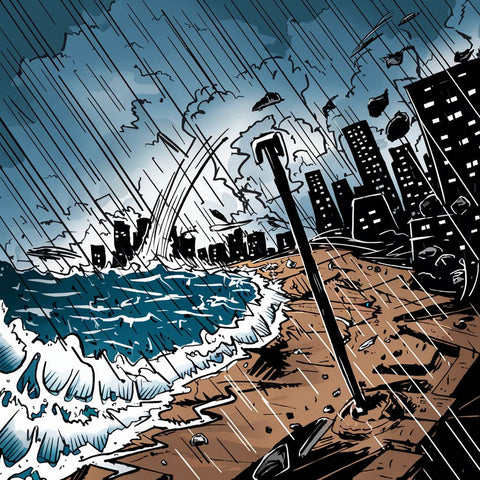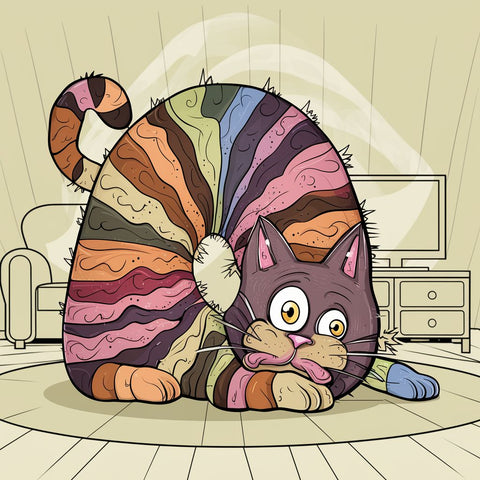The cat has been quite anxious recently, maybe because he is afraid of typhoons and thunder.

It's fairly common for cats to react to the sounds of low air pressure and violent storms. These weather conditions may cause feelings of anxiety and restlessness in cats. Here are some suggestions to help your cat regain composure in this situation:
1. Companionship and communication When low pressure and violent storms occur, try to stay with cats and communicate with them. This can give cats a sense of security and comfort, helping them feel less anxious and nervous. Use soft sounds and strokes to soothe your cat, and make sure you give them plenty of space and options.
2. Stay Calm As a cat owner, it’s important to stay calm. If you appear panicked or upset, this may increase your cat's anxiety. Try to stay calm and steady your cat's mood.
3. Safe Refuge Provide a safe refuge for cats to take refuge. This can be a quilt, crate or specially designed cat refuge area. This place should be located away from windows and outside noise so that the cat feels safe and comfortable.
4. Music or white noise Playing soft music or white noise can help cover up external sounds and reduce your cat’s sensitivity to the sounds of wind and rain.

For cats with epilepsy, preventive measures are even more important. It is recommended to discuss with your veterinarian before a typhoon approaches to learn how best to manage your cat's condition. Medication doses may need to be adjusted or additional supports provided to help them cope with the storm.
Overall, understanding how your cat reacts to certain weather conditions, providing a safe and comfortable environment, and staying calm and providing companionship can help reduce the stress and uneasiness your cat feels during low pressure and violent storms.
